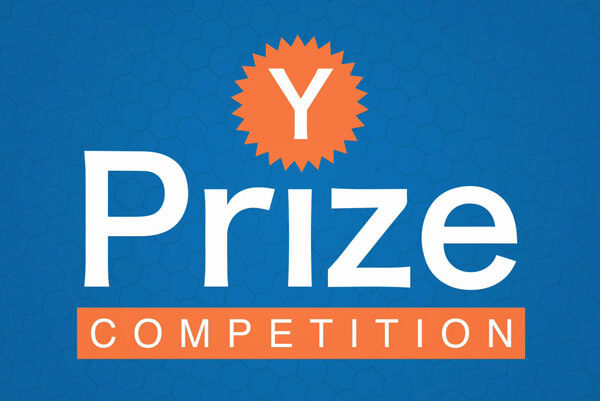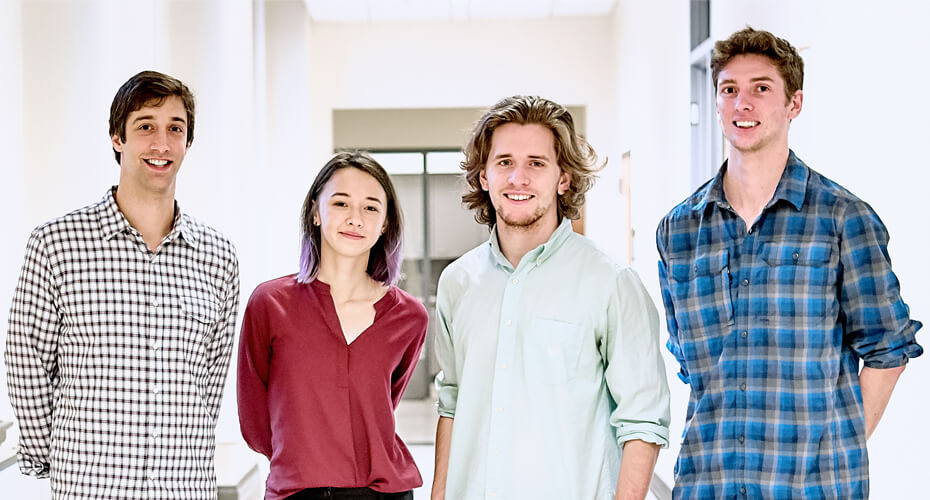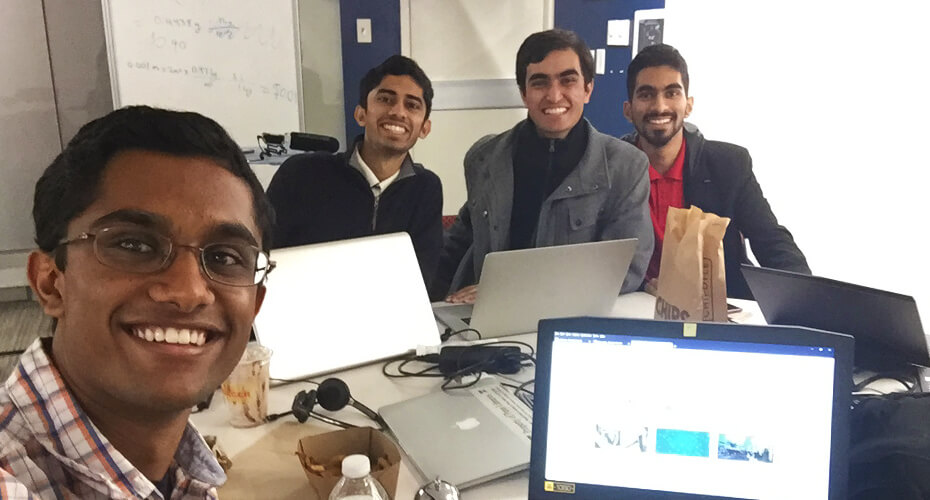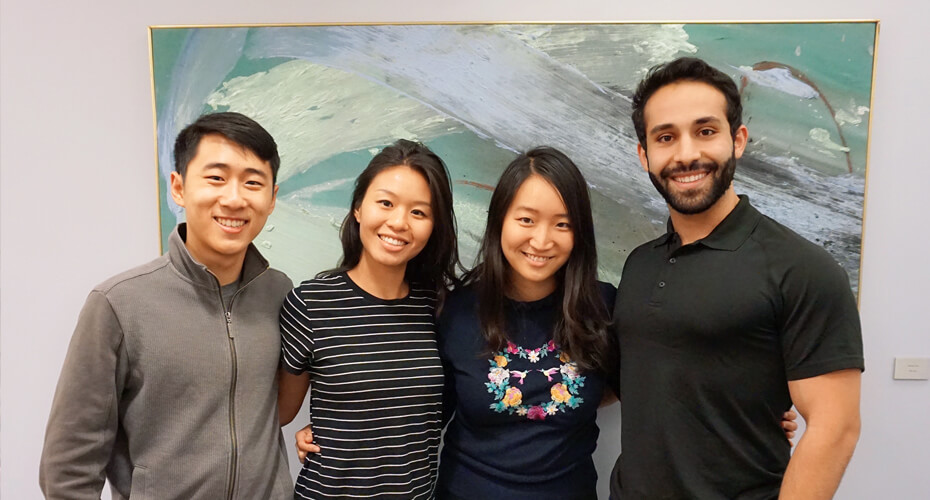
The finalists in Penn’s seventh annual Y-Prize Competition have collectively proposed one of the most diverse slates of applications in recent memory, spanning infection prevention, saltwater desalination, green energy, and tissue engineering. What these ideas have in common, though, is that they all hinge on the same technology: roll-to-roll surface wrinkle printing, developed through a collaboration among several labs at the School of Engineering and Applied Science. This process uses techniques inspired by newspaper printing to produce wrinkled surfaces at an unprecedented scale.
The four finalist teams in this year’s competition are:
Nosoco Technologies

Beatriz Go and Tanvi Kapur, The Wharton School, and Ishir Seth and WenTao Zhang, Vagelos Life Science & Management Program
Each year, 13,000 patients die from catheter-associated infections due to severe complications including sepsis, organ failure, and nephritis. The impact of catheter-associated infections cannot be understated; there are 250,000 catheter-related bloodstream-infections and the total economic cost of catheter-related urinary tract infections is $3.5Bn annually. We believe that it is simply unacceptable that patients die from nosocomial infections in a location that is meant to be a haven of healing. Nosoco Technologies proposes to re-invent the outdated catheter by incorporating micro-structured wrinkled instabilities created through Roll-to-Roll methodologies into the material to physically disrupt biofilm formation and prevent infection at the source.
Sansel

Zachary Wenner, The Wharton School, and Rebecca Li, Matthew Lynch, and Alexander Grun, School of Engineering and Applied Science
Freshwater depletion is a global issue, and there is a rapidly growing need for additional potable water sources. Desalination has the potential to be a key part of the solution.
This team’s proposed venture, Sansel, provides a scalable technology to create high surface area membranes for use in Reverse Osmosis (RO) desalination. Sansel’s membranes increase efficiency, reducing energy and filter costs for desalination plants.
SolArray

Anish Neervannan, Srisa Changolkar, Kanishka Ragula, and Nikil Ragav, Management & Technology Program
Solar panels are most effective when they directly face the sun. At more oblique angles, the amount of light reflected from the panels decreases, causing solar panels to reflect up to 38% of the light that hit them every day. Solar trackers help solar panels follow the sun, but are extremely costly to implement and maintain. However, using Penn’s roll-to-roll surface wrinkle printing innovation on the solar cell panel, SolArray will reduce daily reflection to just 1.1% and help utility companies generate 25% more electricity. This solution is significantly more effective and cost-efficient than current silicon-based anti-reflection coatings.
VivoDish

George Yang, Nursing and Health Care Management, Claire Huang and Susie Fan, The Wharton School, and Ayham Maadi, School of Engineering and Applied Science
Traditionally, tissue engineering labs use flat petri dishes to grow tissues that turn into organs. But our body is nothing like that flat surface of a petri dish. Our cells grow in a variety of textured environments.
On flat surfaces, the cells end up growing in a way that looks like a spaghetti mess instead of organized tissue structure. Textured surfaces enable aligned cell growth, which is necessary for realistic tissue in vitro.
With scalable nanowrinkle technology, VivoDish brings tissue engineering from benchtop to bedside (real patients), delivering smart cell culture dish solutions to revolutionize the tissue engineering space.
What’s Next
The four teams have until the end of January to refine their ideas and build their presentations. They’ll pitch live to a panel of judges for the $10,000 grand prize in the Y-Prize Grand Finale on January 28.
About Surface Wrinkle Printing
Learn more about the technology the finalists are using in the video below.



